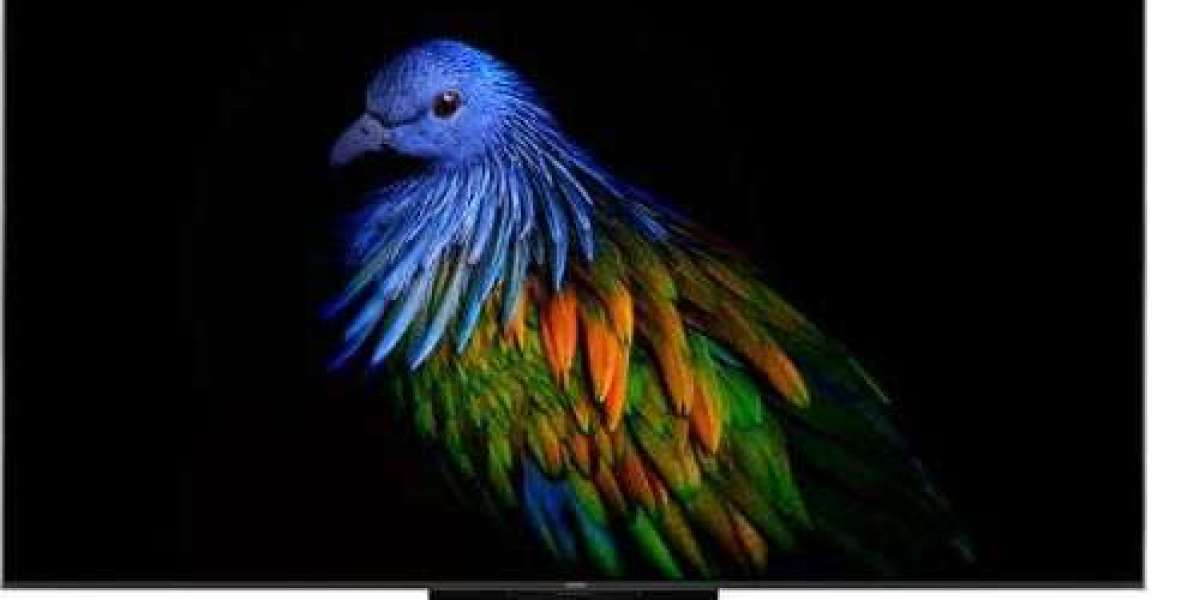Which Pests Are Surging in 2025?
Seasonal temperature spikes and higher humidity levels are driving rapid reproduction in common pests. Among the most frequently reported species:
Whiteflies are accelerating resistance to neonicotinoids.
Fall armyworms are migrating faster due to climate flexibility.
The International Centre of Insect Physiology and Ecology's entomological publications attest to the fact that shorter reproductive cycles and heightened nighttime activity are making subtropical regions more vulnerable to pest pressure.
How Are Weather Patterns Influencing Pest Trends?
Temperatures above average and variations in rainfall have reshaped the cycles of pest migration and reproduction. Aphid booms are occurring in wetter locations, whereas spider mite breakouts are occurring in dry zones. Helicoverpa armigera's reproductive windows have been prolonged in Southern Asia due to monsoon delays.
Today, regional pest infestations are prevented by using satellite-based forecasting technologies such as FAO's Locust Watch. Because of these instruments, integrated pest management (IPM) has changed this season from a reactive to a predictive approach.
What Pest Control Methods Are Gaining Popularity?
The demand is tilting toward multi-action, environmentally conscious solutions. Farmers are actively adopting products with dual or triple-action benefits to reduce spray cycles and lower chemical input.
Current preferences show:
Emulsifiable concentrates with bi-modal action are replacing older single-mode synthetics.
Resistance management strategies now prefer rotational use of Group 6 and Group 28 insecticides.
One of the increasingly preferred choices in orchards and field crops is X-Pert Plus Insecticide, which delivers systemic and contact activity with minimal residue issues. Its use supports IRAC resistance group rotation while ensuring fast larval control in critical growth stages.
What Are the Most Targeted Crops and Regions?
In 2025, crops under highest pest stress include:
Cotton: Heavily affected by pink bollworm and aphid resurgence.
Tomatoes: Facing dual infestation of leaf miners and whiteflies.
Chillies: Threatened by thrips and spotted pod borers in Western India and Southern USA.
Stem borers have been found to cause 37% crop loss in rain-fed maize fields worldwide in sub-Saharan zones. Aphid activity, on the other hand, has been reduced by 60% in vertical farming setups in the Netherlands due to the use of bio-barriers in a controlled environment.
Why Is Biological Control Rising?
As regulatory scrutiny intensifies regarding chemical residues, biological options are being integrated into mainstream crop protection protocols. These include predatory mites, parasitoid wasps, and entomopathogenic fungi.
Key drivers of this trend:
Europe has banned over 45 active ingredients since 2021.
Importing countries now demand residue levels below 0.01 ppm.
Consumer demand for pesticide-free labeling has doubled since 2023.
The USDA confirms that bio-rational control inputs are now adopted in over 65% of organic-certified farms in North America.
How Are Farmers Using Technology for Pest Management?
Digital solutions are bridging knowledge gaps and speeding up diagnostics. AI-powered pest ID apps like Plantix and Agremo help identify, recommend, and track treatment outcomes.
New implementations this season:
Drone-assisted spraying increased by 34% across Asian markets.
GIS-based scouting tools are mapping outbreak clusters in real-time.
Precision agriculture platforms now allow farmers to pinpoint infestation hotspots and reduce chemical overuse. For example, Australian growers using crop-scouting sensors saw a 22% improvement in application efficiency.
"Modern pest control doesn’t start in the field—it starts with data interpretation."
Which Insecticides Are Being Phased Out?
While new molecules are entering the scene, older chemistries are being replaced due to resistance or environmental impact. In 2025, a visible decline has been noted in demand for:
Organophosphates such as monocrotophos and chlorpyrifos
Pyrethroids with shorter residual activity
Integrated regulatory databases have flagged these compounds under high-risk lists due to aquatic toxicity and cumulative exposure hazards. Farmers are opting for newer chemistries with shorter PHI (Pre-Harvest Intervals) and lower environmental impact.
Are Urban Pest Solutions Following the Same Trends?
Residential and urban pest management is experiencing parallel shifts, particularly with ant, cockroach, and termite infestations increasing in warmer months. Demand has increased for:
Gel-based baits that minimize surface contamination
Slow-release microencapsulated formulations
Nowadays, homeowners prefer botanical-based sprays and residue-free products that are safe to use around kids and pets. Since January 2025, sales of repellents using essential oils have increased by 28%, according to the U.S. National Pest Management Association.
What Role Do Farmer Cooperatives and Local Authorities Play?
Community-level control measures have gained traction, particularly in countries with fragmented land ownership patterns. In parts of Africa and India:
Cooperatives share drones and applicators to reduce costs.
Local advisory bodies coordinate bulk procurement of safer products.
In Peru, farmer groups have increased yield reliability and cut pesticide use by 42% by implementing weather-informed scheduling. This decentralized strategy ensures rapid adaptation and knowledge sharing among participating farms.
How Do Resistance Management Practices Affect Product Demand?
Crop protection plans increasingly include resistance management. In big commercial settings, rotational use according to IRAC classification codes is required. Due to their ability to postpone the development of resistance, products that combine neurotoxic chemicals and insect growth regulators (IGRs) are highly sought after.
Popular combinations include:
Diamides + Spinosyns
Pyrroles + Macrocyclic lactones
These compound blends address multiple pest stages — larval, pupal, and adult — making them more effective and longer-lasting.
How Are Greenhouse and Controlled Environments Adapting?
Controlled agri-environments, such as greenhouses, vertical farms, and net houses, are investing in preventive pest exclusion technologies. These setups now prioritize:
Sticky traps and pheromone lures to monitor population spikes
Beneficial insects like Chrysoperla carnea for aphid suppression
According to a recent report by Greenhouse Canada, 78% of commercial growers have integrated at least two forms of biocontrol into their pest programme this year.
Are There Regional Innovations in Pest Management?
Yes, innovation is increasingly regionalised. For instance:
Kenya has scaled up the use of push-pull techniques, incorporating desmodium plants.
South Korea utilises UV light barriers in smart greenhouses.
Brazil has adopted the use of drone-deployed baculoviruses for controlling soybean pests.
Each regional tactic is rooted in local ecological balance, promoting sustainable control without overreliance on synthetic pesticides.
What Are the Most In-Demand Traits in Pest Solutions?
The top decision factors buyers look for this season:
Low toxicity to non-target organisms, especially pollinators and aquatic life
Fast visible results (usually within 24-48 hours)
The demand for products marketed as bee-friendly, safe for export, and multi-residue safe has increased, according to retailers and distributors. These qualities appeal to consumers who care about the environment in addition to meeting requirements.
How Do Government Policies Affect Demand?
Subsidies, import restrictions, and regulatory fast-tracking significantly influence the adoption of pest solutions. In 2025:
The Indian government subsidized biocontrols for smallholders.
The EU has fast-tracked registration for low-risk plant-based products.
These moves accelerate market penetration of eco-safe products and encourage developers to innovate within compliance limits.
FAQs
What’s the difference between contact and systemic insecticides?
Contact insecticides kill pests when they touch the chemical. Systemics are absorbed by the plant and kill pests that feed on it.How often should pesticide sprays be rotated?
Rotations should occur every 2–3 applications, using different IRAC groups to prevent the buildup of resistance.Can biocontrols completely replace chemicals?
Not always. In most cases, biocontrols are most effective when used in conjunction with integrated pest management and targeted chemical applications.Why are pests more active during certain seasons?
Temperature, humidity, and daylight affect insect metabolism and reproduction, making certain seasons more conducive to activity.How can I find information on pest resistance for my region?
Refer to local agriculture extension reports or platforms like IRAC’s Mode of Action classification.
What Can We Expect Next in Pest Control Innovation?
Biotech, AI, and automation will be combined in the future for effective pest management. Species-specific suppression may be possible with genetic methods like gene editing and RNA interference. Even before the eggs hatch, AI algorithms will forecast breakouts. Demand will shift towards precision-based, residue-minimized, and sustainability-certified solutions as the product ecosystem grows smarter and safer.














